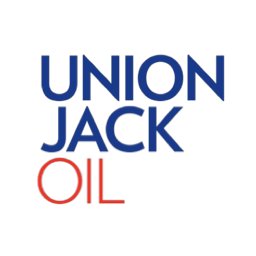Investors are watching oil markets tighten as the U.S. government intensifies pressure on Venezuela’s oil exports while floating a new wave of tariffs. A potential 25% levy on countries buying Venezuelan crude, coupled with flexibility for Chevron, adds an unexpected twist in the global supply chain, pushing prices upward even as wider geopolitical tensions complicate the outlook.
Oil prices climbed at the start of the week, with Brent crude rising 1.2% to $73 per barrel and West Texas Intermediate gaining a similar margin to reach $69.11. The uptick followed U.S. President Donald Trump’s announcement of a 25% tariff targeting countries that import Venezuelan oil and gas. The move injects fresh tension into an already fragile market, with the potential to deter buyers and redirect global flows.
Offsetting some of that upward pressure, the U.S. Treasury extended Chevron’s licence to operate in Venezuela until 27 May, softening the blow for the American energy giant. The dual action—cracking down on foreign buyers while easing up on domestic producers—demonstrates a strategically selective approach. Although the enforcement mechanism for the tariff remains uncertain, the market responded to the possibility of reduced Venezuelan supply.
Further moderating gains, sources suggest OPEC+ is expected to continue with its planned output increase in May, a move that could add barrels to the market just as diplomatic momentum builds to end the war in Ukraine. A resolution there could reopen Russian crude flows, loosening supply constraints.
Traders are also closely watching developments in Iran, as the U.S. unveiled new sanctions last week targeting Iranian oil exports, including measures against a Chinese “teapot refinery” for processing sanctioned crude. These actions could create another ripple of disruption in Asia-Pacific supply routes.
Wall Street rallied alongside crude benchmarks, buoyed by indications that the Trump administration may take a more measured approach on broader tariff policy. Flexibility on trade with China, combined with expectations of further tariffs on autos, aluminium, and pharmaceuticals, adds both uncertainty and opportunity across sectors. Meanwhile, President Trump has urged the Federal Reserve to cut interest rates, a move that could stimulate borrowing and fuel demand for energy.
The Fed held rates steady last week, but Atlanta Fed President Raphael Bostic now expects only a modest 0.25% rate cut by year-end, citing slower-than-anticipated progress on inflation.
In Saudi Arabia, U.S. and Russian officials met to discuss ceasefire terms in Ukraine, including maritime access in the Black Sea. A breakthrough could bring more Russian barrels back online, a scenario traders are watching closely.
BOK Financial’s Dennis Kissler summed up the market dynamic, noting that the tightening supply from Venezuela is bullish for prices, but the spectre of increased Russian exports presents a bearish counterweight.
Union Jack Oil plc (LON:UJO) is an oil and gas company with a focus on onshore production, development, exploration and investment opportunities within the United Kingdom and the United States of America hydrocarbon sector.

